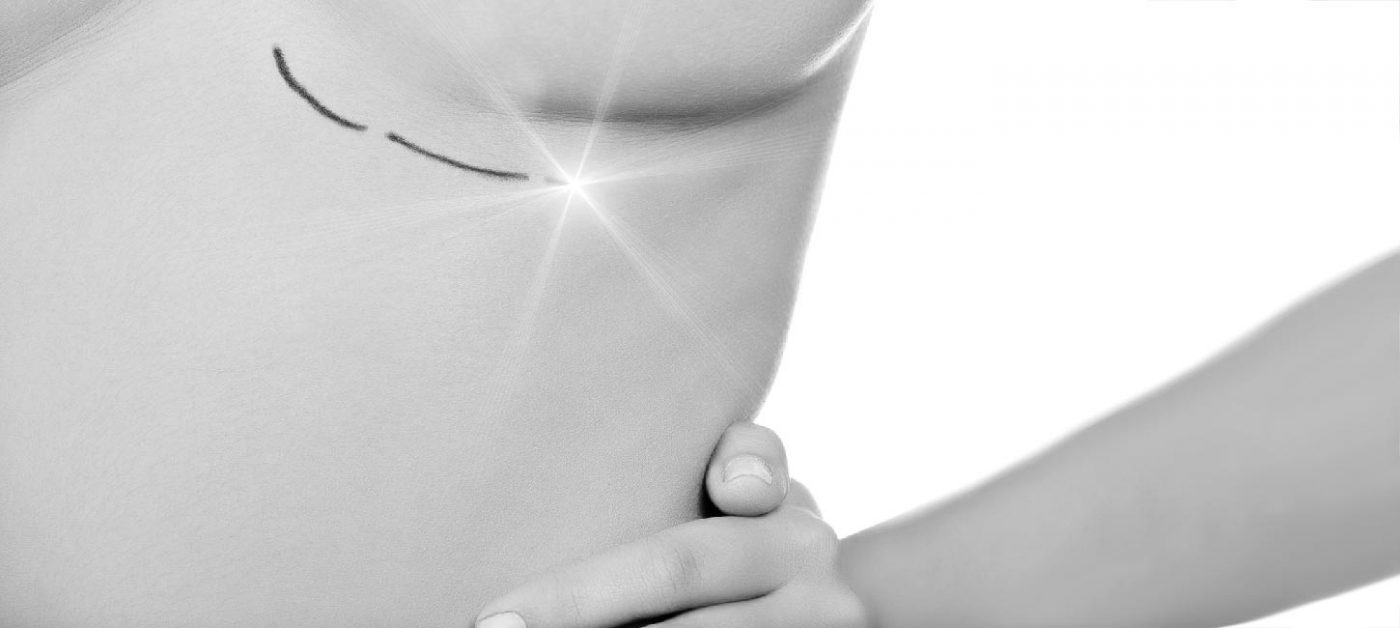Scar correction is an achievement of plastic surgery and can now be carried out in several ways. The skin is the most large organ of the human body. Scarring may be caused by injury, acne or surgical incision.
Scar correction: When is it considered necessary?
The scars arise as the final result of physiological processes performed by the healing mechanisms of the skin after a sudden interruption in its continuity. In most cases even when healing is considered smooth without the presence of inflammation, the scars that form, affect our external appearance. Scar correction is considered imperative when their existence has a negative impact on our psychology.
Scar correction: In what ways is it performed?
The method that will be used to achieve the correction of scars depends on a variety of factors related to its size (chyloid, hypertrophic), its type (egkaymatiki, acne, surgery) The part that is localized (face, body, whether It is a recent or older scar, what is the age of the patient, the medication they receive, the color of the skin and the direction of the scar. The usual methods for scar correction are as follows:
Use of Laser
Cortisone infusions
Hyaluronic Acid infusions
Chemical peeling
Skin grafts
Surgical rehabilitation
Combination of methods
Scar correction: Analysis of main methods
Scar correction is done either by minimally invasive methods or by surgery.
The methods used in particular are the following:
Use of various innovative lasers (e.g. franctional, CO2) that aim to reshape the skin as it has been shown to smooth, protect and eliminate redness from the scar area.
Surgical rehabilitation with excision of the old scar, suture of the skin with simultaneous “plastic”. This method is preferred when the scar apart from aesthetic problem creates and functional.
Scar correction: How easily can it be performed?
First of all how easily scar correction can be performed depends mainly on the type and age of the patient. E.g. scars from surgery or various injuries are more easily corrected by burn scars or acne scars using a new-generation laser. Furthermore, the age of the patient is also important in scar correction. As a rule the skin of older people heals more slowly than the skin of the younger.
Scar correction: The usual problem types of scars
The most common types of malformed scars are chyloids and hypertrophic. The chyloids are red in color, they develop after months of trauma exceed its limits, they are painful to the touch and cause itching. Hypertrophic are also red in color, raised in relation to the rest of the skin of the area, and they cause itching. Treatment is done at the beginning conservatively with administration of steroids and silicone implants. If there is no effect the solution to address them is given surgically.
Scar correction: After medical intervention
In any way, the scar that caused you a problem (surgically or not) is of major importance to follow the plastic surgeon’s instructions to the letter so that the healing is done smoothly. You should gradually revert to your daily activities and be thorough with the care of the area. If the original result is not what you expecting, there is no reason to be disappointed. The definitive results are perceived after about 6 months and are extremely in the majority of cases.
Scar Correction: Summing up
Scar correction can be carried out in too many ways. There is no reason to feel bad about the image you are presenting. The solution can be easily given and the results are very satisfactory. Immediately visit a specialized plastic surgeon, who, based on his experience, will choose the appropriate method for your case. In a short time the scars will be nothing more than a bad memory.


 Ελληνικα
Ελληνικα